Acute venous thrombosis
Acute venous thrombosis is a disease in which there is a blockage of the venous lumen by a thrombus, and as a consequence, impaired blood flow.
How is a blood clot formed?
Thrombosis is one of the most important evolutionary mechanisms that allow organisms with a circulatory system to survive. When a vessel is damaged, a blood clot closes the defect and prevents blood flow. However, sooner or later any mechanism can fail and at the same time, blood clots begin to form not only on a site of damage of a vessel but also in its gleam. There is a so-called "Virchow Triad", which explains the disorders that lead to the formation of blood clots inside the vessel. It includes:
- damage to the vascular wall;
- increased blood clotting;
- disturbance of a blood groove (turbulence of a blood groove and stagnation).
The risk of thrombosis is increased by the following factors:
- hereditary predisposition (congenital pathology of the coagulation system);
- overweight;
- recent surgeries and injuries;
- pregnancy and the postpartum period;
- the presence of diseases associated with impaired blood clotting;
- long-term use of combined oral contraceptives and estrogen drugs;
- age over 60 years;
- the presence of cancer;
- the presence of varicose veins;
- history of venous thrombosis;
- prolonged bed rest or low mobility;
- age;
- comorbidities;
- smoking.
Thrombosis most often affects the veins of the lower extremities, but there are cases of thrombosis in other parts of the body, such as the arms, abdomen. There is deep and superficial venous thrombosis. Deep veins are crucial for the outflow of venous blood from the lower extremities. Unlike superficial venous thrombosis, which is quite benign, deep vein thrombosis has serious consequences for life. If deep vein thrombosis is not treated in time, it can lead to thrombus detachment with the development of pulmonary embolism, or to chronic venous insufficiency on the background of postthrombophlebitic syndrome, which is 40% of cases lead to disability.
What symptoms will help to suspect the presence of thrombosis?
At thrombosis (thrombophlebitis) of superficial veins, symptomatology appears at once. It is usually preceded by varicose veins. The first manifestation is usually pain of pulling or dilating nature in the thrombosed area of the vein, followed by reddening of the skin along the vein, its compaction, swelling of the limb, local fever.
The insidiousness of deep vein thrombosis is that it can occur for a long time without visible symptoms. That is why it is so important for people at risk to know how the disease manifests itself, to closely monitor the condition of their feet and, at the slightest deterioration, the appearance of characteristic complaints, immediately consult a phlebologist. With the progression of deep vein thrombosis, the following symptoms begin to appear:
- pain in the calf muscles, pulling, pressing or prickly, usually unilateral, exacerbated by exercise, walking;
- swelling of the leg or the whole limb;
- discoloration of the skin of the affected limb (redness or cyanosis);
- varicose superficial veins may be observed.
Acute thrombosis may be accompanied by fever, malaise.
At the appearance of the first symptoms, you should immediately consult a specialist to detect and prevent further progression of the disease.
Diagnosis
The main diagnostic methods are ultrasound. This method allows you to quickly and accurately determine the location, duration, and nature of thrombosis. Sometimes X-ray contrast phlebography can be performed to clarify the diagnosis, as well as for blood clots located above the inguinal folds.
Treatment
Conservative treatment includes drug and compression therapy. Drug therapy is based on anticoagulants. These drugs do not dissolve an existing blood clot, but prevent the formation of new ones, however, with prolonged use, coagulation helps to dissolve the blood clot. There is also thrombolytic therapy - special drugs are used to help dissolve blood clots inside the vessel. However, this therapy is not indicated for everyone because there is a high risk of bleeding. The degree of effectiveness of this therapy depends on how timely the treatment was prescribed. Also prescribe antiplatelets, nonsteroidal anti-inflammatory drugs, phlebotropic drugs.
Surgical treatment includes traditional and endovascular techniques.
Endovascular techniques include the installation of special coffee filters - a high-tech metal structure that retains detached blood clots and helps prevent pulmonary embolism. It is used mainly when the patient is contraindicated in the use of anticoagulant therapy or when it is not effective.
A radical method of treating thrombosis is thrombectomy - surgery that aims to obtain a blood clot from the affected vein. A vascular incision is made in the area of thrombus growth, a catheter with a balloon at the end is inserted, the balloon is inflated, after which the system is pulled out together with the thrombus.
In some cases of thrombosis (thrombophlebitis) of superficial veins, crossectomy is indicated - an operation during which the confluence of the superficial vein into the deep with the aim of the orifice of the great saphenous vein is bandaged. However, the most effective method, nevertheless, remains radical operation when in such situation both thrombi are eliminated, and the reason of their formation - varicose veins. A positive factor is a fact that such operations are performed exclusively using modern, minimally invasive techniques, and they are performed in an outpatient setting, without hospitalization.
Timely treatment prevents further progression of the disease and the development of complications. However, to prevent re-thrombosis, it is necessary to adjust your lifestyle, get tested in time, and follow all the doctor's recommendations.
The network of modern medical clinics "Dobrobut" invites patients for a comprehensive examination and treatment of acute thrombosis. Our advantages are the availability of a wide range of diagnostic, therapeutic, and preventive measures, the professionalism of the medical staff, individual approach, and at the same time loyal prices. You can make an appointment with a phlebologist at the specified numbers or by choosing a convenient time to visit the site.
Our services
Our advantages
Choose the nearest clinic
ISO certificates
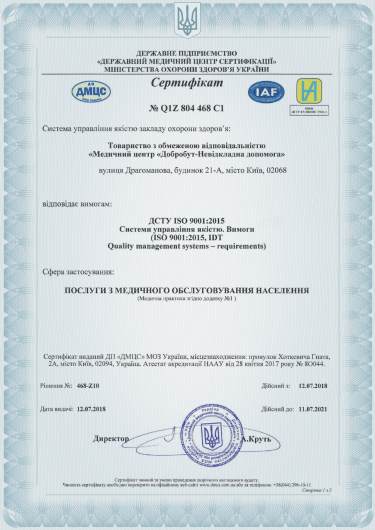
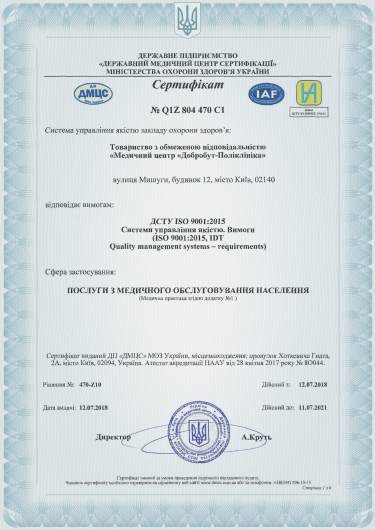
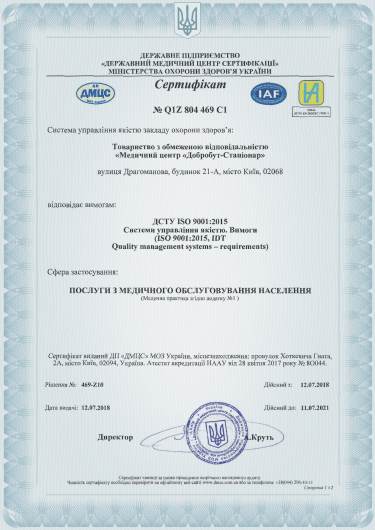
Accreditation certificates
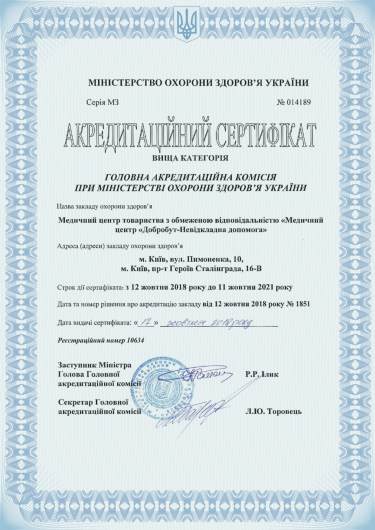
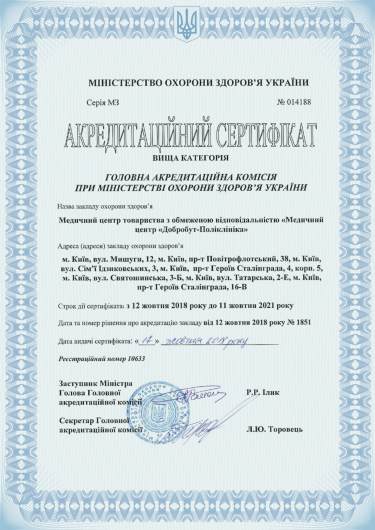

Licenses of medical practice
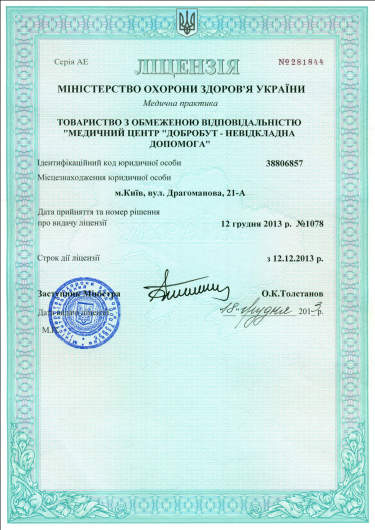
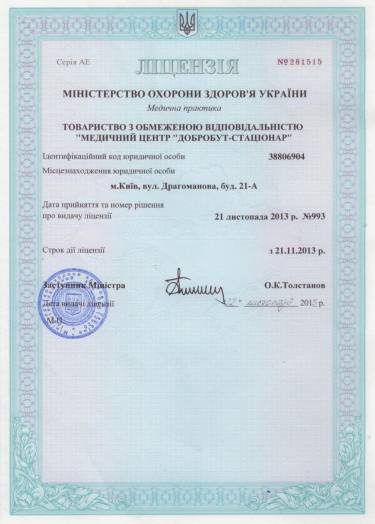




%402x.png)
%402x.png)
